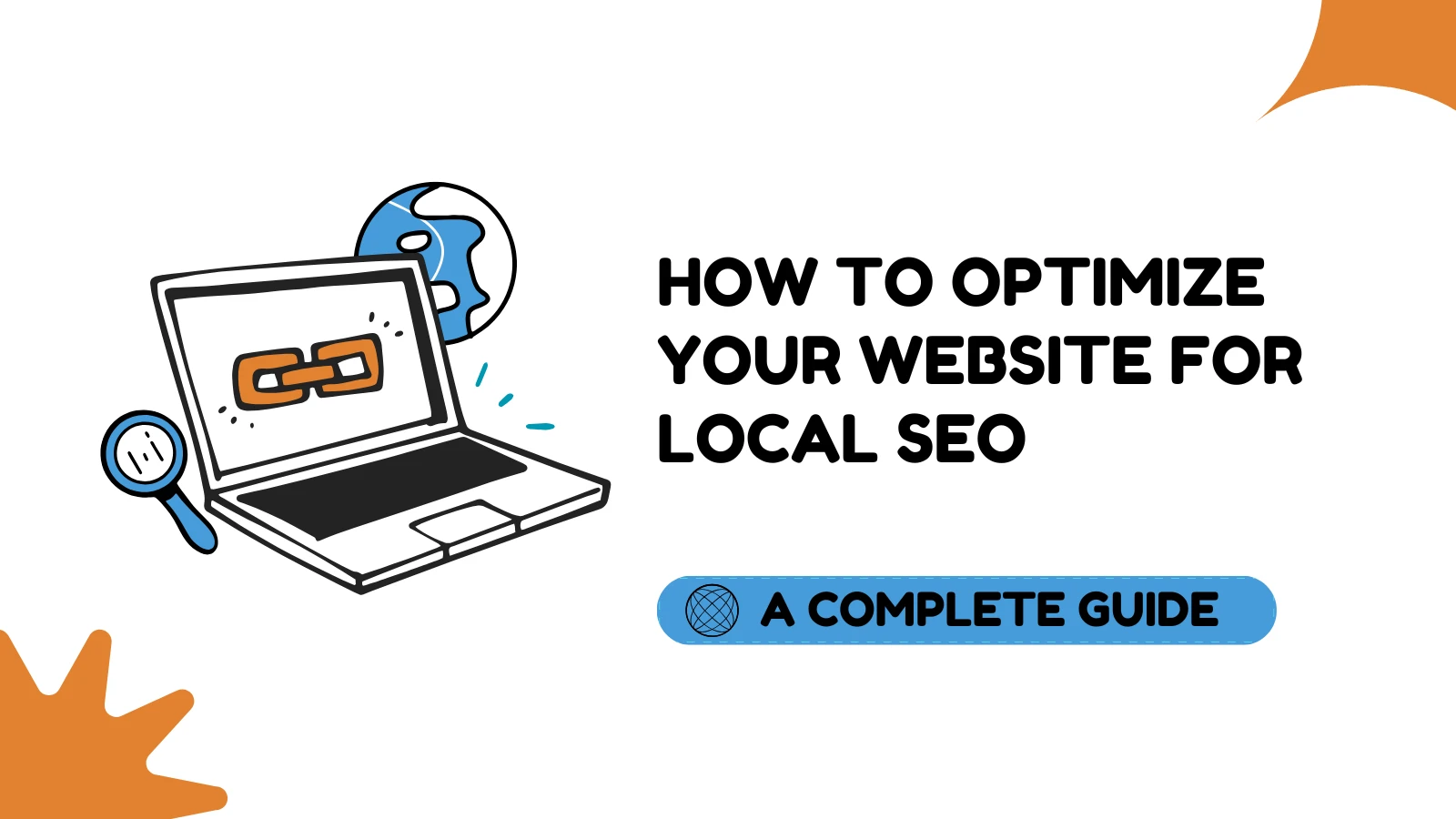
In today’s digital landscape, local SEO is crucial for businesses that want to attract customers in their geographic area. Whether you run a brick-and-mortar store, a service-based business, or a consulting firm, optimizing your website for local search can significantly enhance your visibility and drive more foot traffic. This comprehensive guide will walk you through the steps to optimize your website for local SEO, including setting up Google My Business (GMB).
What is Local SEO?
Local SEO is the practice of optimizing your online presence to attract more business from relevant local searches. This includes optimizing your website, managing your online reputation, and ensuring that your business information is accurate and consistent across various platforms.
Why is Local SEO Important?
Increased Visibility
Local SEO helps your business appear in local search results, making it easier for potential customers to find you.
Targeted Traffic
By optimizing for local searches, you attract customers who are more likely to convert, as they are searching for services or products in your area.
Competitive Advantage
Many businesses overlook local SEO, giving you an opportunity to stand out in your community.
Step-by-Step Instructions for Optimizing Your Website for Local SEO
Step 1: Set Up Google My Business (GMB)
Google My Business is a free tool that allows you to manage your business's online presence across Google, including Search and Maps. Here’s how to set it up:
Create or Claim Your Listing
- Go to the Google My Business website.
- Click on “Manage now” and sign in with your Google account.
- Enter your business name and address. If your business appears in the suggestions, you can claim it; otherwise, you can create a new listing.
Fill Out Your Business Information
- Provide accurate information, including your business name, address, phone number, website, and business category.
- Add a description of your business that includes relevant keywords.
Verify Your Business
- Google will require you to verify your business. This can be done via mail, phone, or email, depending on your business type.
- Follow the instructions provided by Google to complete the verification process.
Add Photos and Videos
- Upload high-quality images of your business, products, and services. Include a logo and cover photo.
- Videos can also enhance your listing and engage potential customers.
Encourage Customer Reviews
- Ask satisfied customers to leave positive reviews on your GMB listing. Respond to reviews to show that you value customer feedback.
Step 2: Optimize Your Website for Local SEO
Include Local Keywords
- Research local keywords relevant to your business using tools like Google Keyword Planner or Ubersuggest.
- Incorporate these keywords naturally into your website content, including titles, headings, and meta descriptions.
Create Location-Specific Pages
- If your business serves multiple locations, create separate pages for each location. Optimize each page with local keywords and relevant content.
- Include the name, address, and phone number (NAP) for each location.
Optimize Title Tags and Meta Descriptions
- Ensure that your title tags and meta descriptions include local keywords and accurately describe the content of the page.
- Keep title tags under 60 characters and meta descriptions under 160 characters for optimal display in search results.
Add a Local Business Schema Markup
- Implement schema markup to help search engines understand your business information better. Use the Schema.org markup for local businesses.
- Include details such as your business name, address, phone number, and operating hours.
Create Quality Content
- Develop blog posts, articles, or guides that are relevant to your local audience. This could include local events, news, or tips related to your industry.
- Use local keywords in your content to improve relevance and searchability.
Step 3: Optimize for Mobile
Ensure Mobile-Friendliness
- Use Google’s Mobile-Friendly Test tool to check if your website is mobile-friendly.
- Optimize your website design for mobile users, ensuring fast loading times and easy navigation.
Implement Responsive Design
- Use a responsive web design to ensure that your website adapts to different screen sizes and devices.
Step 4: Build Local Citations
List Your Business in Local Directories
- Submit your business information to local directories such as Yelp, Yellow Pages, and local chamber of commerce websites.
- Ensure that your NAP information is consistent across all listings.
Engage with Local Community
- Participate in local events, sponsorships, or partnerships to increase your visibility and gain backlinks from local websites.
Step 5: Monitor and Analyze Your Local SEO Performance
Use Google Analytics
- Set up Google Analytics to track website traffic, user behavior, and conversions.
- Monitor the performance of your local SEO efforts by analyzing traffic from local searches.
Track Your GMB Insights
- Use the insights provided by Google My Business to understand how customers find your listing and interact with it.
- Adjust your strategy based on the data you gather.
Conclusion
Optimizing your website for local SEO is essential for attracting customers in your area and improving your online visibility. By following these steps, including setting up Google My Business and optimizing your website, you can enhance your local search presence and drive more targeted traffic to your business. Remember that local SEO is an ongoing process, so continually monitor your performance and make adjustments as needed to stay ahead of the competition.
If you have any questions or need further assistance with local SEO, feel free to reach out!







